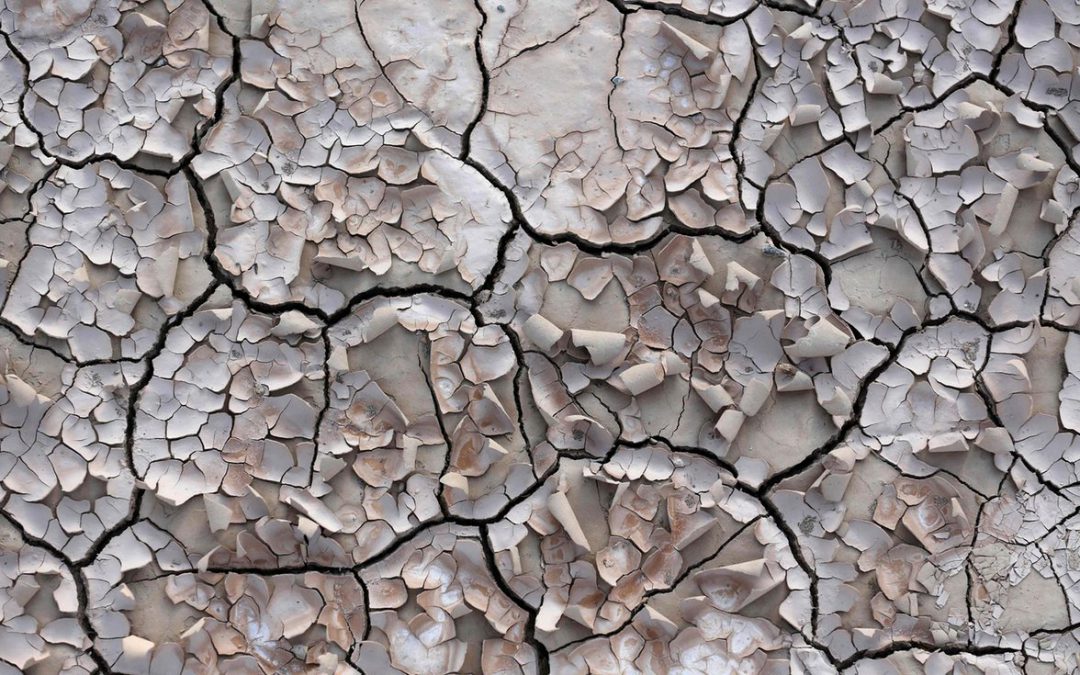
by GaiaInnovations | Oct 17, 2016
Soil is the second biggest reservoir of carbon on the planet, next to the oceans. It holds four times more carbon than all the plants and trees in the world. But human activity like deforestation and industrial farming – with its intensive ploughing, monoculture and heavy use of chemical fertilisers and pesticides – is ruining our soils at breakneck speed, killing the organic materials that they contain. Now 40% of agricultural soil is classed as “degraded” or “seriously degraded”. In fact, industrial farming has so damaged our soils that a third of the world’s farmland has been destroyed in the past four decades.
As our soils degrade, they are losing their ability to hold carbon, releasing enormous plumes of CO2 into the atmosphere.
There is, however, a solution. Scientists and farmers around the world are pointing out that we can regenerate degraded soils by switching from intensive industrial farming to more ecological methods – not just organic fertiliser, but also no-tillage, composting, and crop rotation. Here’s the brilliant part: as the soils recover, they not only regain their capacity to hold CO2, they begin to actively pull additional CO2 out of the atmosphere.
Read the rest of the article by Jason Hickel in The Guardian.
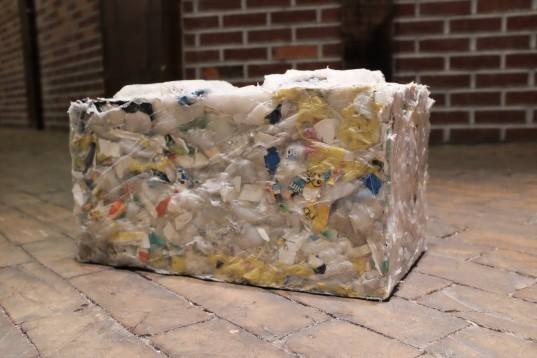
by GaiaInnovations | Oct 17, 2016
ByFusion is a 100% modular technology platform that converts all types of waste plastic into a new building material called RePlast.
Plastic waste has become one of the most pressing environmental challenges of the 21st Century. Globally, we produce over 300 million tons of plastic every year and recycle only 8%.
In the US alone roughly 28 million tons of plastic is sent to landfills every year at the staggering cost of over $1.5 billion dollars annually.
We envision a future where communities can put their plastic waste to work – building infrastructure, housing, and municipal projects. Imagine using all of the plastic waste we see littering our roadways, parks, neighborhoods and oceans to rebuild our communities without long processing times, labor-intensive overhead, or toxic output. Now we can. With ByFusion, the future is now.
This information comes from the website of ByFusion.
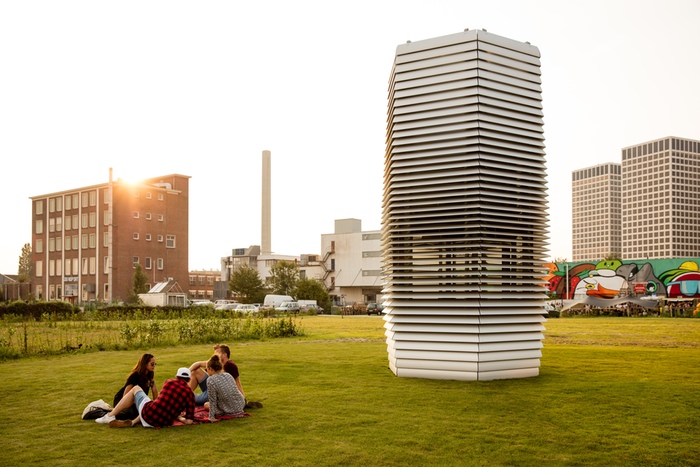
by GaiaInnovations | Oct 7, 2016
Dutch designer Daan Roosegaarde and his team of experts have created the world’s largest smog vacuum cleaner. The Smog Free Tower uses patented ion technology to produce smog-free bubbles of public space, allowing people to breathe and experience clean air for free.
The Smog Free Project is not only intended to be a local solution for parks, but also an inspirational experience of a clean future. Along with governments, NGOs, pro-bicycle campaigns and the clean-tech industry, people can work together to make a whole city smog free.
Specifications:
2014-2018. The first 7-meter high Smog Free Tower equipped with environment-friendly and patented ozon free ion technology. The Smog Free Tower cleans 30.000m3 per hour without ozon, runs on green wind energy and uses no more electricity than a waterboiler (1170 watts). Smog Free Jewellery available on request.
This information comes from the website of Studio Roosegaarde.
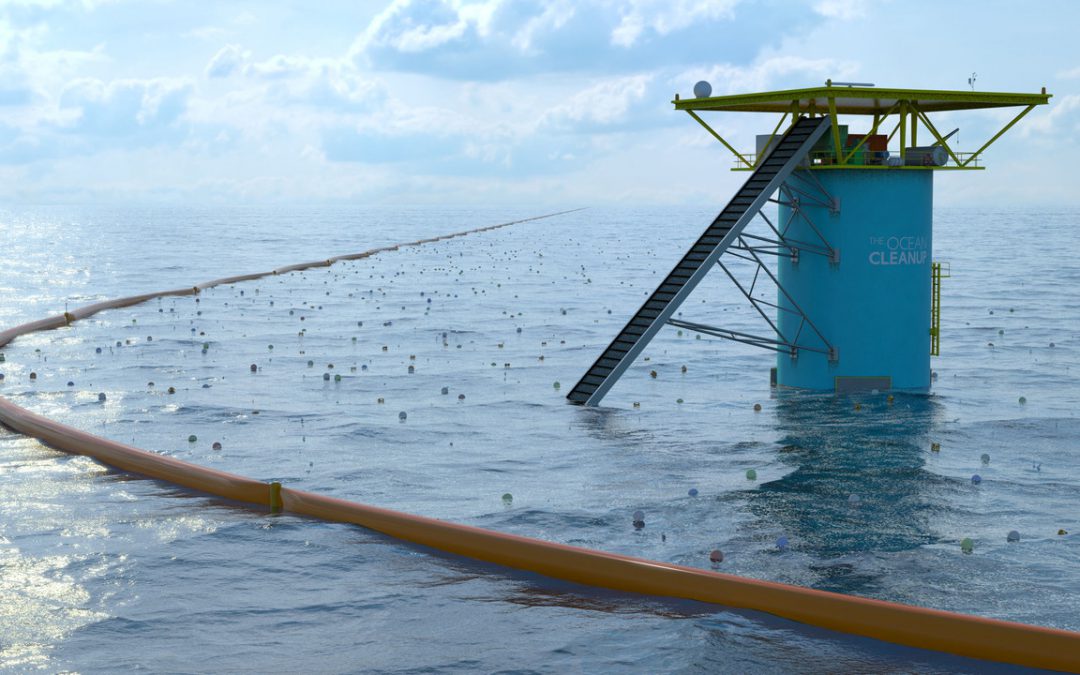
by GaiaInnovations | Oct 2, 2016
At The Ocean Cleanup, we’re developing the first feasible method to clean up world’s ocean garbage patches. Five vast areas of Open Ocean, known as the subtropical gyres, act as a trap for ocean plastic. We specifically focus on the North Pacific accumulation zone – also known as ‘the Great Pacific Garbage Patch’ – since about 1/3 of all oceanic plastic is concentrated in that one area between Hawaii and California 1.
When I founded The Ocean Cleanup almost three years ago, there was no realistic way to clean up these accumulation zones, each several million square kilometres in size. I realised that coastlines are evidently very effective in catching plastic. Unfortunately, there is no landmass in the middle of these gyres, so I then proposed to deploy a very long array of floating barriers attached to the seabed. This would act as an artificial coastline, allowing the ocean to clean itself. We aim to deploy our first pilot system in 2016, and hope to be able to start cleaning the North Pacific by 2020.
Yet a common argument against our efforts is that focus should instead be on preventing more plastic from entering the oceans. I fully agree prevention is top priority. Having to clean up the gyres again a few decades after cleaning up would be nothing short of annoying. But in my opinion, one does not exclude the other – they complement each other.
First of all, the ocean garbage patches do not go away by themselves and hence need to be cleaned up at some point in time.
This information comes from the website of The Ocean Clean up.
Read the whole article here.
Here is a very informative article about plastic problems today and a lot of suggestions about what to do with the problem on a personal level:
Plastics Will Outweigh Fish in The Ocean: How Does It Affect You and What Should You Do?
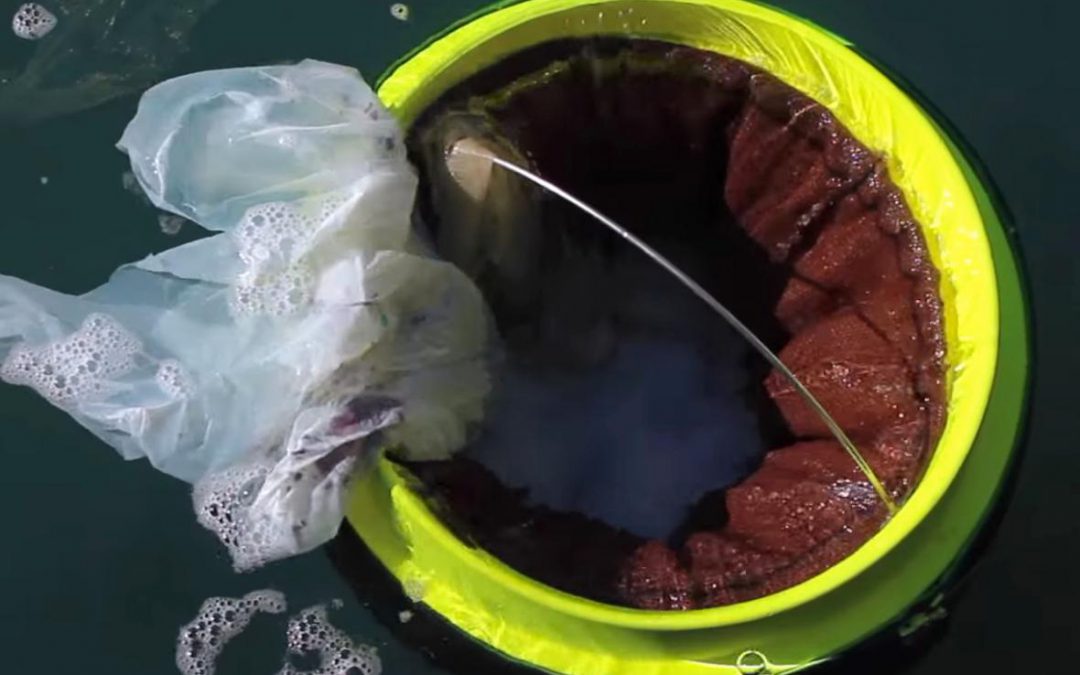
by GaiaInnovations | Aug 22, 2016
The Seabin is an automated rubbish bin that catches floating rubbish, oil, fuel and detergents.
It designed for floating docks in the water of marinas, private pontoons, inland waterways, residential lakes, harbours, water ways, ports and yacht clubs.
Can even be fitted to super yachts and motor yachts!
What are the goals for the Seabin Project?
- To help rid the oceans of plastics and pollution.
- To have a Seabin production in place by mid to end of 2016 and start shipping.
- To create Seabins from the most sustainable materials and processes available.
- To have the lowest carbon footprint possible in the production of the Seabins by means of alternative materials and processes. Also by reducing shipping and having the Seabins manufactured in the countries of installation.
- To create and support local economies with the production, maintenance and installation of the Seabins world wide.
- To have future models of Seabins for specific locations.
- To educate people and cultures about being more responsible with the use and disposal of plastics.
- To setup educational programs for students in schools.
- To convert our captured plastics into energy.
- To reuse or recycle our Seabins for other uses and or applications.
- To have pollution free oceans with no need for the Seabins.
This information comes from the website of The Seabin Project.




